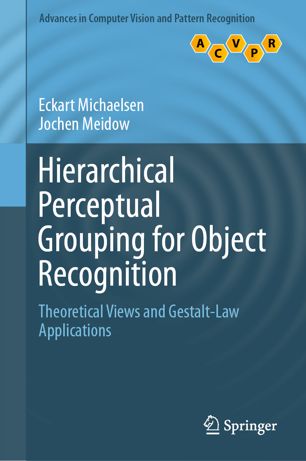

Most ebook files are in PDF format, so you can easily read them using various software such as Foxit Reader or directly on the Google Chrome browser.
Some ebook files are released by publishers in other formats such as .awz, .mobi, .epub, .fb2, etc. You may need to install specific software to read these formats on mobile/PC, such as Calibre.
Please read the tutorial at this link: https://ebookbell.com/faq
We offer FREE conversion to the popular formats you request; however, this may take some time. Therefore, right after payment, please email us, and we will try to provide the service as quickly as possible.
For some exceptional file formats or broken links (if any), please refrain from opening any disputes. Instead, email us first, and we will try to assist within a maximum of 6 hours.
EbookBell Team

5.0
28 reviewsThis unique text/reference presents a unified approach to the formulation of Gestalt laws for perceptual grouping, and the construction of nested hierarchies by aggregation utilizing these laws. The book also describes the extraction of such constructions from noisy images showing man-made objects and clutter. Each Gestalt operation is introduced in a separate, self-contained chapter, together with application examples and a brief literature review. These are then brought together in an algebraic closure chapter, followed by chapters that connect the method to the data – i.e., the extraction of primitives from images, cooperation with machine-readable knowledge, and cooperation with machine learning.
Topics and features: offers the first unified approach to nested hierarchical perceptual grouping; presents a review of all relevant Gestalt laws in a single source; covers reflection symmetry, frieze symmetry, rotational symmetry, parallelism and rectangular settings, contour prolongation, and lattices; describes the problem from all theoretical viewpoints, including syntactic, probabilistic, and algebraic perspectives; discusses issues important to practical application, such as primitive extraction and any-time search; provides an appendix detailing a general adjustment model with constraints.This work offers new insights and proposes novel methods to advance the field of machine vision, which will be of great benefit to students, researchers, and engineers active in this area.